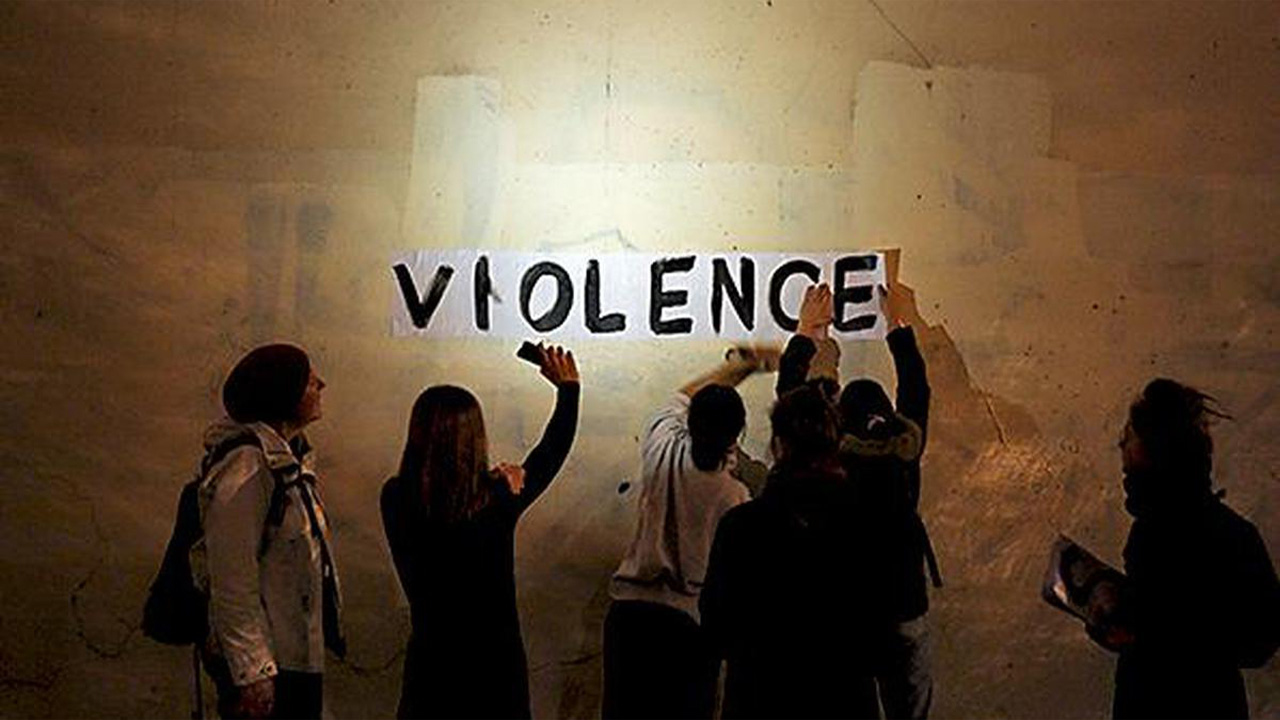Meaning and violence are two concepts that are intimately connected. Violence can be defined as the use of physical force to harm or damage someone or something, while meaning involves the interpretation and significance that we assign to events, actions, and experiences. When we examine the relationship between meaning and violence, we can see that violence is often a result of conflicting interpretations of events or actions.
One of the most prominent theories that explains the relationship between meaning and violence is the social constructionist theory. According to this theory, meanings are not inherent in events or actions, but are constructed by individuals and groups through social interactions. This means that different people can assign different meanings to the same event, leading to conflict and violence when those interpretations clash.
For example, consider the conflict between Israel and Palestine. Both sides assign different meanings to the land they are fighting over. For Israelis, the land is seen as a historical and religious birthplace that has been promised to them by God. For Palestinians, the land represents their ancestral homeland that they have lived on for generations. These conflicting interpretations of the land have led to violence and conflict between the two sides.
Another theory that explores the relationship between meaning and violence is the frustration-aggression theory. This theory suggests that when individuals are frustrated in their attempts to achieve a goal, they become more likely to engage in aggressive behaviors. This frustration can occur when individuals feel that their interpretation of a situation is not being acknowledged or respected by others.
For example, consider the protests in the United States in the summer of 2020 following the killing of George Floyd by police officers. The protests were sparked by a frustration with the systemic racism and police brutality that many individuals felt was not being addressed by society. This frustration led to aggressive behaviors, such as looting and vandalizing property, as a means of expressing their discontent and anger.
The relationship between meaning and violence can also be seen in interpersonal relationships. When individuals have different interpretations of a situation, it can lead to conflict and violence in relationships. For example, consider a couple who are arguing about a missed anniversary. One partner may interpret the missed anniversary as a sign that their partner does not care about them, while the other partner may interpret it as a simple mistake. If these interpretations are not acknowledged and addressed, it can lead to an escalation of conflict and potentially even physical violence.
In conclusion, the relationship between meaning and violence is complex and multifaceted. Conflicting interpretations of events, frustration with unmet goals, and interpersonal misunderstandings can all contribute to violence.
In the dance of meaningless violence,
Interpretations clash and collide,
Frustrations boil and simmer,
Until aggression cannot be denied.
But let us not forget the power,
Of empathy and understanding,
To bridge the gaps in interpretation,
And bring peace to those who are demanding.

Comments